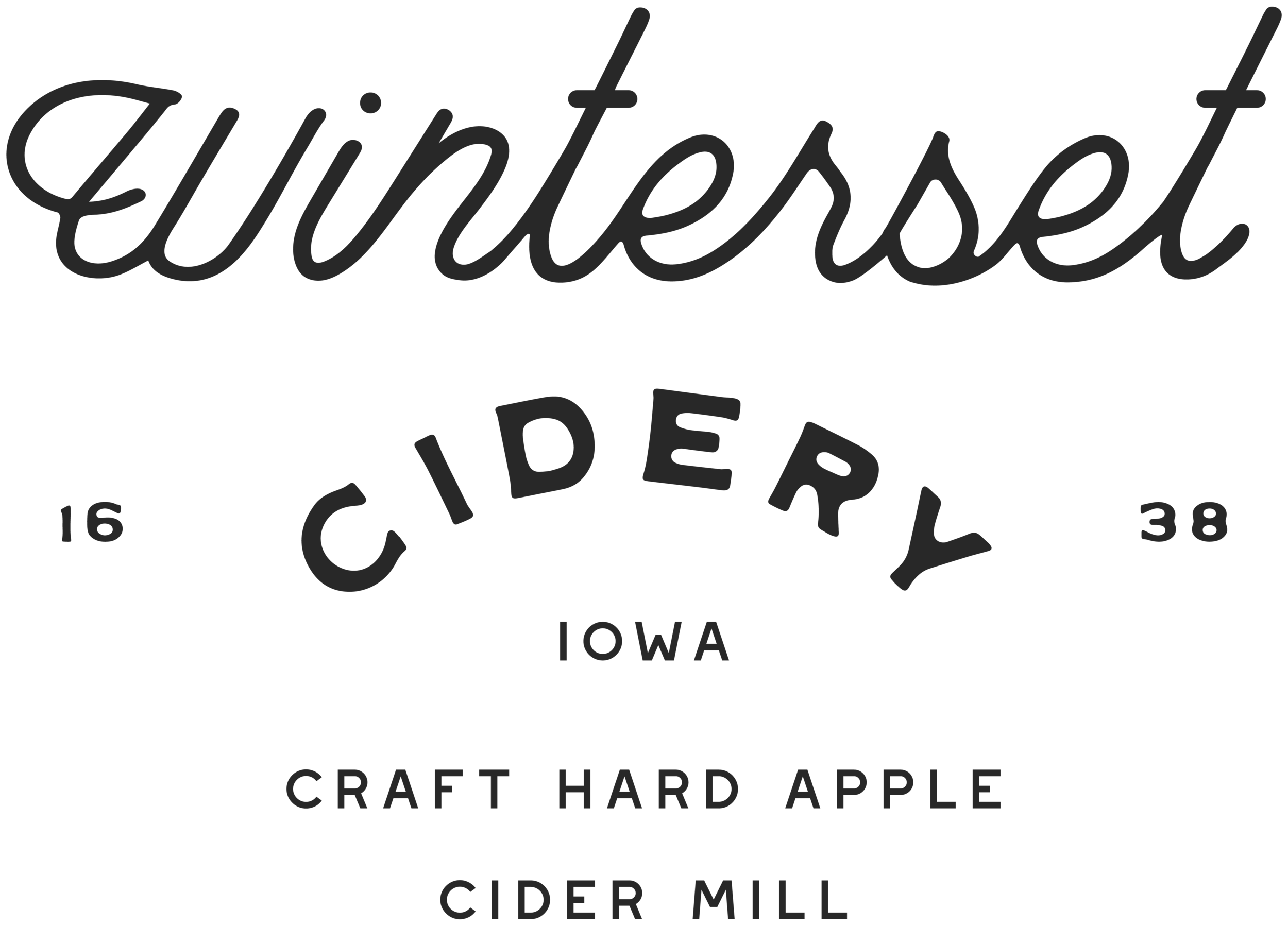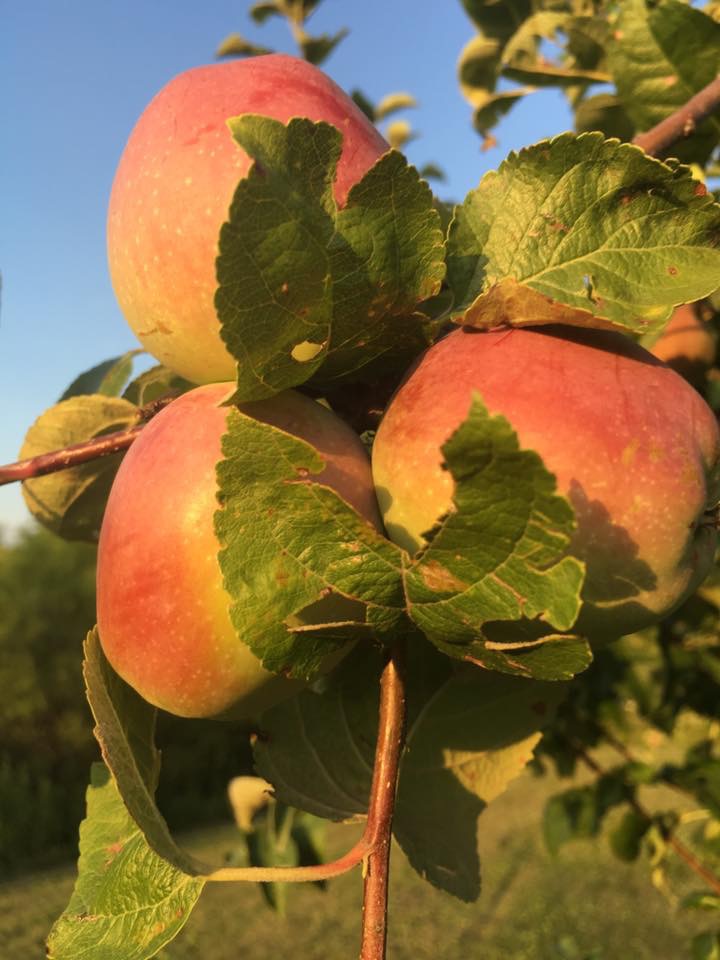The History of Hard Apple Cider
I think we need to start off putting hard cider in perspective. Hundreds of years ago hard cider was the drink of our forefathers and more popular than any other beverage in America (even before Johnny Appleseed planted all the apple trees). The settlers brought the knowledge of how to make hard cider over the pond with them, and it flourished here. Often hard cider was safer to drink than the water, and hard cider was also used as a form of payment to workers and professionals alike. Ben Franklin said, “It’s indeed bad to eat apples, it’s better to turn them all into cider.” John Adams was known to have a tankard of cider each morning with breakfast, as he believed it promoted good health; he lived to be 90! When William Henry Harrison was elected our 9th President (1841), the average Massachusetts resident drank 35 gallons of hard cider each year.
As more Americans moved away from farms and into metropolitan areas hard cider began to lose popularity. At this time waves of Germans moving to America started making beer, which gained huge popularity. Beer was easier and cheaper to make, and it could be made all year around, not just when the fruit came in. Then came the Temperance movement which resulted in many orchards literally being destroyed. Hard cider never rebounded after prohibition, like beer, and it was relatively forgotten in the United States until the 1990’s. In 1991 Woodchuck Cider, now the nation’s largest cider maker, began their operations in Vermont. Thereafter, we began experiencing a micro-brewing boom in the beer industry and not long after that, resurgence in the popularity of hard cider. There are several mass produced hard ciders in the United States, frequently owned by major beer producers or their affiliates. Small craft hard cider producers have only recently been gaining notoriety with their offerings. Growth in hard cider sales nationally has been at a phenomenal rate; 4.5 million cases in 2010 to 23.2 million cases in 2014; annual increases of 90% in 2012, 89% in 2013, and 71% in 2014.
Iowa was one of the largest apple growing States in the country until 1940 when the devastating “Armistice Day Freeze” killed almost all of the Iowa apple trees. Farmers couldn’t wait another 10+ years for an apple crop, and so corn and soybeans replaced the orchards. Iowa is also the birth place of the widely appreciated Red Delicious apple, first known as the Hawkeye apple. That occurred right here in Madison County when Quaker farmer Jesse Hiatt, after twice cutting the tree down, finally let it live and nurtured it into the best tasting apple he’d ever eaten.


